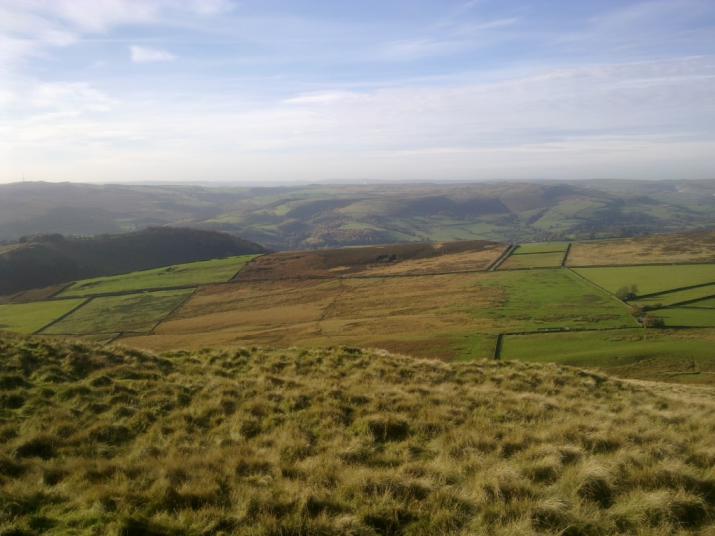
Do we know enough to do landscape scale conservation?
In 2010 the Lawton Report put England’s ecological network and landscape scale conservation into perspective and into the view of policy with the mantra Better-Bigger-More-Joined. There are however some broad assumptions and a lack of clarity on the science that underpins landscape scale conservation and with the fast pace of delivery, can it be certain that the right decisions are being made?
The prospect of receiving better clarity on the issues and scientific understanding from leading academics and practitioners drew me, without hesitation to sign up to this 1-day conference held by the British Ecological Society in September. The event also attracted over 60 other delegates primarily from the Wildlife Trusts, Natural England, several universities and Government organisations. The day was well structured with the morning setting the scientific scene, with some excellent presentations from William Kunin (University of Leeds), Jenny Hodgson, (University of Liverpool), Tom Oliver and James Bullock (CEH) followed by a break-out session where the audience was able to present their own thoughts in small groups. Some key messages included:
- Habitat Corridors generally do increase local (Alpha) diversity but at the cost of reduced Beta diversity. They often help population viability and genetic diversity but not always. Optimal network design for different aspects of conservation may be very different and species and scale both matter. E.g. an Ecosystem service optimum network design would be a large number of patches spaced evenly across a large-scale landscape. This pattern would oppose the ideal network design for a ground-dwelling species, which would more likely prefer larger patches or patches closely spaced to improve dispersal opportunities at a smaller landscape scale .
- There was recognition of the need to avoid alee effects (i.e extremes of population where a species can’t find a mate). Therefore it is important to know the minimum patch size, the maximum dispersal distance and how the species is affected by the matrix. As small patches are unlikely to support viable populations (depending on species) and very large patches (with internal diversity and structural variation) may be able to support a number of viable populations, it was identified that the best place to focus conservation would be “The Boring Zone!”, or middle ground where connectivity to nearby patches would be important to support meta-populations of species, which otherwise couldn’t survive on just one or two small patches.
- In general more is (almost) always better, but habitat quality within patches is also considered important. With an increase in habitat quality of a given patch further habitat patches would also be need to be created within the dispersal distance of the species, to avoid density dependant mortality .
In the afternoon session, James Aronson (Centre d’Ecologie et Evolutive Montpelier), Richard Pywell et al. (CEH), Kirsty Park et al. (University of Sterling) and Sam Ellis (Butterfly Conservation) spoke of their experience applying a range of techniques to address conservation and restoration of habitats at the landscape scale. Key messages included:
- The Society of Ecological Restoration (SER) Primer on Ecological restoration [Available from] http://www.ser.org/docs/default-document-library/english.pdf (38), was mentioned as a useful document to read. Only a small minority of the audience had heard of it before. Conservation biologists were seen to typically focus on species, whilst restoration ecologists focused on the health and functionality of ecosystems. An iguana was used to illustrate the concept of a successful perspective, with one eye looking forward (what is realistic) and one eye looking back (at the reference model).
- Historic maps (now available on-line) can be used to analysis the effectiveness of past actions. E.g. the creation of secondary woodland and the value of these for nature conservation today. In particular, it is necessary to look at both landscape level and patch level differences to determine value (and not just one or the other), due to the importance of scale for different species.
- Butterfly Conservation, has for over a decade adopted a landscape-scale approach to conserving species, through managing existing habitats more effectively and linking them with newly restored habitats . They have recently published a report [available from] http://butterfly-conservation.org/3045/landscape-scale-conservation-for-butterflies-and-moths-report.html.
- The wide range of speakers lead to an interesting and thought provoking day. The presentations and break-out session discussions should be coming available on the BES website in due course. The general consensus from the speakers was that there is sufficient knowledge to support landscape scale conservation, but the target of conservation effort (species, genus, or ecosystem) seems still up for debate.
